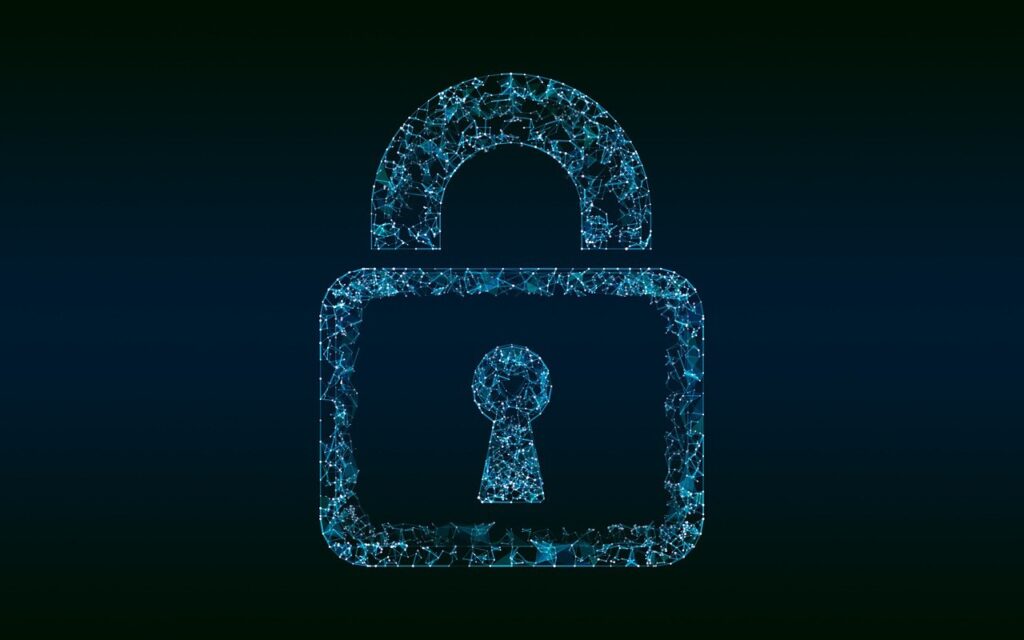In an increasingly digital world, the importance of cybersecurity cannot be overstated. The rapid advancements in technology have given rise to complex cyber threats that can potentially disrupt businesses and compromise sensitive information. To bridge the gap in cybersecurity, a human-centric approach is crucial. By focusing on the people behind the technology, organisations can develop a more effective and robust defence system.
To underscore this human-centric ethos, consider: A major, potentially worldwide security breach was stopped by a single engineer at Microsoft who noticed a 500 millisecond lag in some software. Had the job been left to AI alone, who knows what would have happened. We still don’t know the nature or origin of the attacker, but it’s clear that whoever was behind it was incredibly sophisticated and spent years worming their way into a gap in cybersecurity.
So is cybersecurity a big deal? Absolutely. Should there be humans involved in cybersecurity oversight? Absolutely. The above story could have left backdoors in countless systems worldwide. What would’ve happened afterwards? We’ll never know, because one competent employee stopped it. Sometimes that’s all it takes.
This isn’t the first time something like this has happened: In 1983, a man named Stanislav Petrov prevented what would have been a nuclear exchange by disregarding what he correctly assumed to be faulty information from his computer. So, while the idea of humans overriding computers is not new, the role software plays in our lives certainly has. That’s why we still need people — and competent ones, at that.
Understanding the cybersecurity gap
So, how did it get this way? Cybersecurity has become a critical concern for organisations of all sizes and industries. The ever-evolving threat landscape poses significant challenges to businesses, making it essential to understand the cybersecurity gap. This gap refers to the disparity between the capabilities of cybercriminals and the defences put in place by organisations. While technology plays a vital role in protecting against cyber threats, it is not enough to close the gap entirely. Human discretion can catch things computers cannot.
Here’s a fun example: The human gut itself has on average 500 million neurons. That’s the same as an octopus, which are remarkably clever animals. So, when you have a “gut feeling” or intuition, you may actually be onto something. Computers, on the other hand, do not have that advantage.
The role of human behaviour in cybersecurity


So what does this look like in practice? A human-centric approach means recognizing that human behaviour plays a significant role in cybersecurity. It involves understanding the motivations and intentions of cybercriminals, as well as the vulnerabilities and behaviours of employees and end-users. By understanding these factors, organisations can develop more effective strategies to protect against cyber threats. We still rely on human detectives to catch criminals, and we must still rely on human engineers to prevent cyberattacks.
Human behaviour can be both a strength and a weakness when it comes to cybersecurity. On one hand, employees and end-users can be the first line of defence, detecting and reporting suspicious activities. On the other hand, they can also be the weakest link, inadvertently falling victim to social engineering attacks or unintentionally compromising sensitive information.
The best situation is to sync the abilities of both humans and software to get the best result. This is likely what the future will look like. Anyone who thinks humans are going obsolete is missing something crucial. But the same can be said for anyone who thinks a human can do their job without all the best tools available.
The limitations of technology in bridging the cybersecurity gap
While technology is essential in mitigating cyber threats, it has its limitations. Cybercriminals are constantly finding new ways to exploit vulnerabilities in systems and software. No matter how advanced the technology, there will always be a possibility of new and unknown threats. This is where the human-centric approach becomes crucial.
Technology alone cannot bridge the cybersecurity gap. It requires a combination of technical solutions, employee education, and a culture of security to effectively protect against cyber threats. By addressing the human element, organisations can significantly enhance their cybersecurity defences. It’s not always pure technical talent that allows people to play their role in the scenario, either: It’s simply their human-ness. People understand other people better than machines do. At least for now, that is.
Human-centric cybersecurity strategies and best practices
Implementing a human-centric approach to cybersecurity involves several strategies and best practices. One of the key aspects is employee education and training. Employees need to be aware of the potential risks and threats they may encounter and be equipped with the knowledge and skills to identify and respond to them effectively.
Building a culture of cybersecurity awareness is also essential. This involves creating an environment where security is a shared responsibility, from the top leadership to every employee. Regular communication, training sessions, and reminders can help reinforce the importance of cybersecurity and ensure that it remains a top priority.
It’s critical that communication is a two-way street, where employees are empowered to speak up and alert their managers of problems — with the assumption the manager will actually listen. This is something we strive hard to achieve at SmartDev, and we think we’re doing a pretty good job of it.
The importance of employee education and training
Employee education and training are fundamental elements of a human-centric approach to cybersecurity. By providing employees with the necessary knowledge and skills, organisations can empower them to be active participants in safeguarding against cyber threats.
Training should cover a range of topics, including recognizing phishing emails, creating strong passwords, and identifying suspicious activities. It should also include regular updates on emerging threats and best practices for staying safe online. By investing in employee education and training, organisations can significantly reduce the risk of insider threats and social engineering attacks.
But there’s also a je ne sais quoi of teaching employees to keep their eyes open and trust their instincts. Training only goes so far — experience and instinct play just as much of a role as formal training.
Building a culture of cybersecurity awareness


Creating a culture of cybersecurity awareness is crucial for the success of a human-centric approach. This involves instilling a sense of responsibility and ownership among employees when it comes to protecting sensitive information.
Leadership plays a vital role in promoting a culture of cybersecurity awareness. By setting an example and demonstrating a commitment to security, leaders can inspire employees to prioritise cybersecurity in their daily activities. Regular communication and engagement with employees can help reinforce the importance of cybersecurity and encourage a proactive approach to protecting against cyber threats. A sense of trust between manager and employee is key, as we’ve discussed above.
The role of leadership in promoting a human-centric approach
Leadership plays a crucial role in promoting a human-centric approach to cybersecurity. By championing the importance of cybersecurity and providing the necessary resources, leaders can create an environment where security is a top priority.
Leaders should lead by example, demonstrating their commitment to cybersecurity through their actions and decisions. This includes allocating resources for training and education, regularly reviewing and updating security policies, and fostering a culture of open communication and collaboration.
Case studies of successful human-centric cybersecurity initiatives
Many organisations have successfully implemented human-centric cybersecurity initiatives. These initiatives have demonstrated the effectiveness of focusing on the human element in bridging the cybersecurity gap.
We’ve worked with multiple clients on this topic, with which we’ve signed NDA agreements — so unfortunately we can’t share the details. However, our approach towards cybersecurity has proved robust and fits our human-first ethos which we aim to share with our clients.
Embracing a human-centric approach for stronger cybersecurity
In conclusion, a human-centric approach is crucial for bridging the gap in cybersecurity. By prioritising the human element and focusing on the behaviours and vulnerabilities of employees and end-users, organisations can develop more effective and robust defence systems.
While technology is essential, it has its limitations. Cybercriminals are constantly finding new ways to exploit vulnerabilities, making it necessary to address the human element to effectively protect against cyber threats.
By implementing strategies such as employee education and training, building a culture of cybersecurity awareness, and promoting a human-centric approach from leadership, organisations can significantly enhance their cybersecurity defences. Embracing a human-centric approach is key to ensuring stronger cybersecurity in an increasingly digital world.
If you’re looking to strengthen your cybersecurity or be advised on how to do so, reach out to us for a free consultation. We’ll be happy to discuss the newest ways to manage cybersecurity as well as the oldest: a good old-fashioned human. A competent one, too. We’ve got those and are always looking for more.



